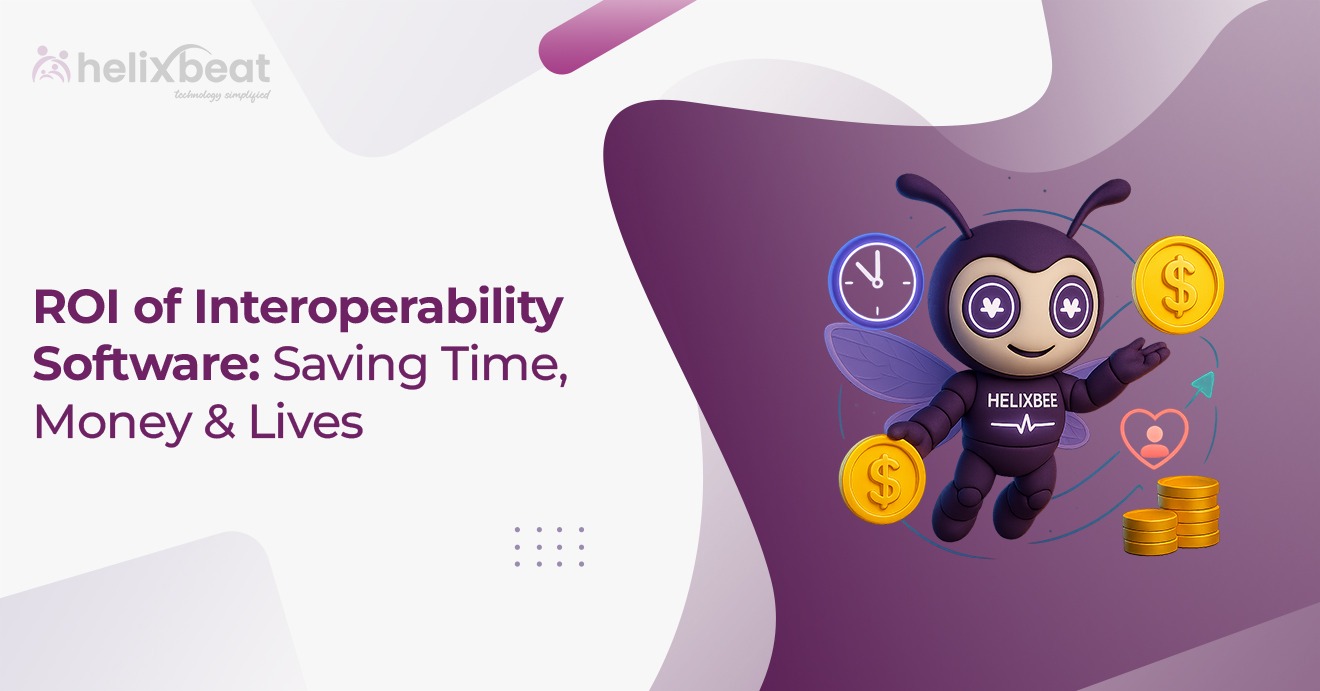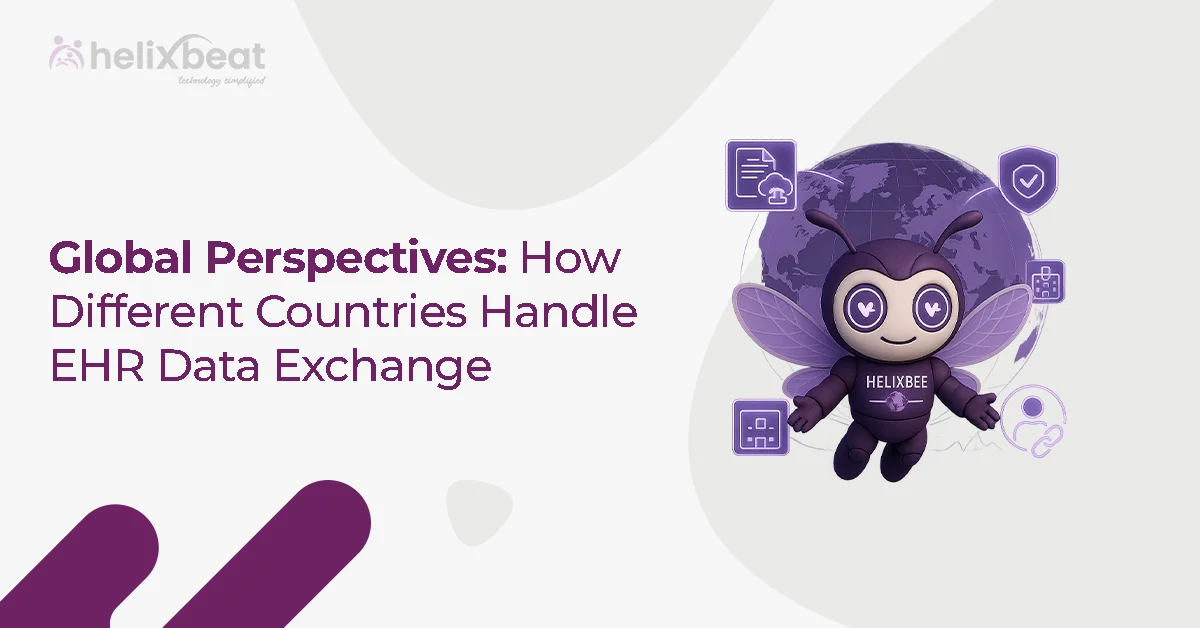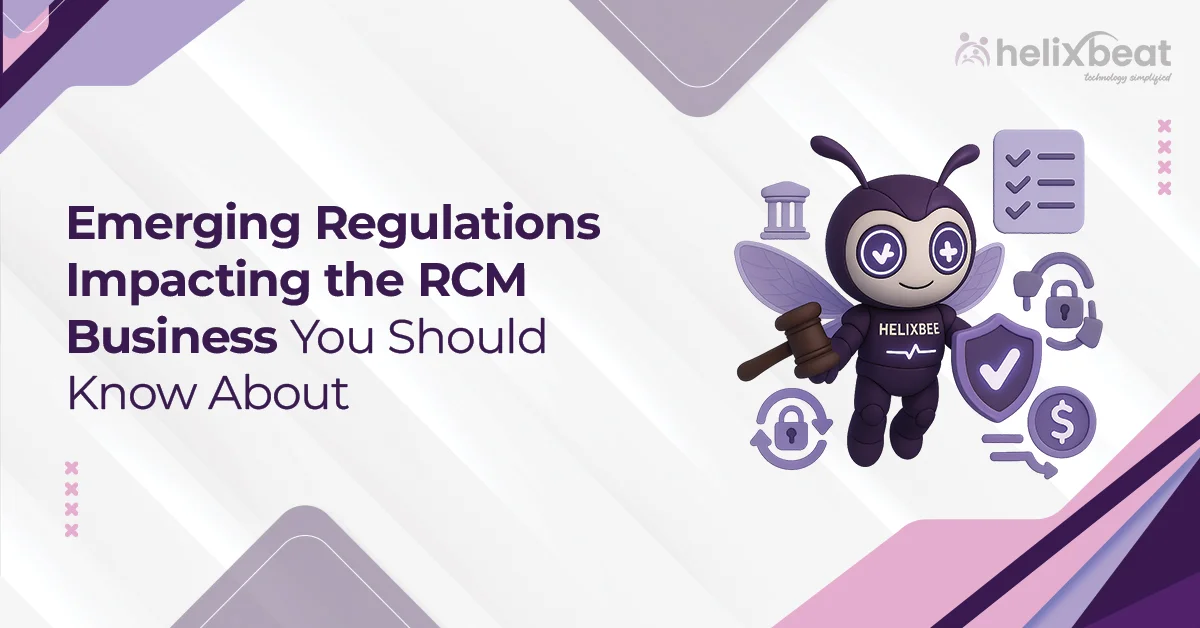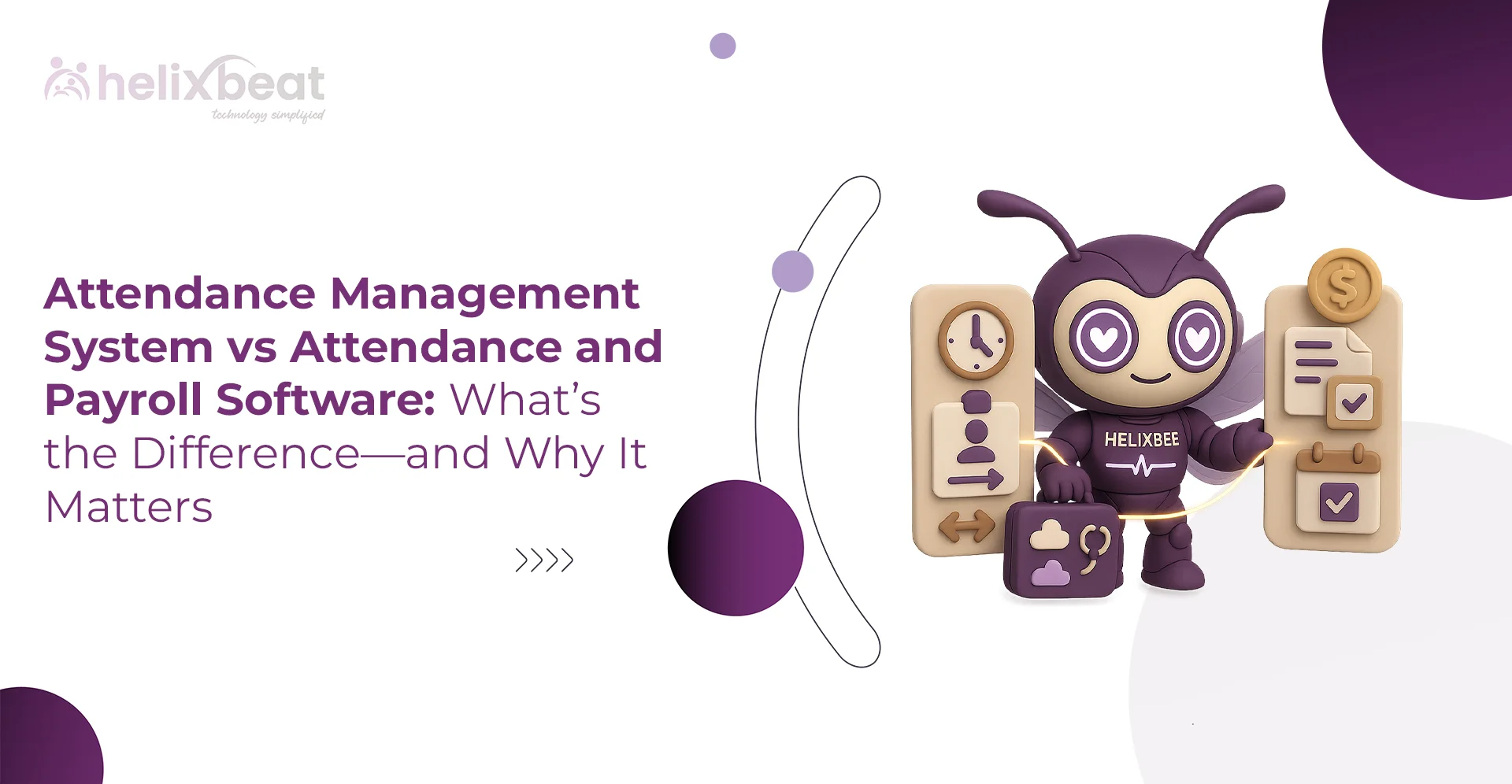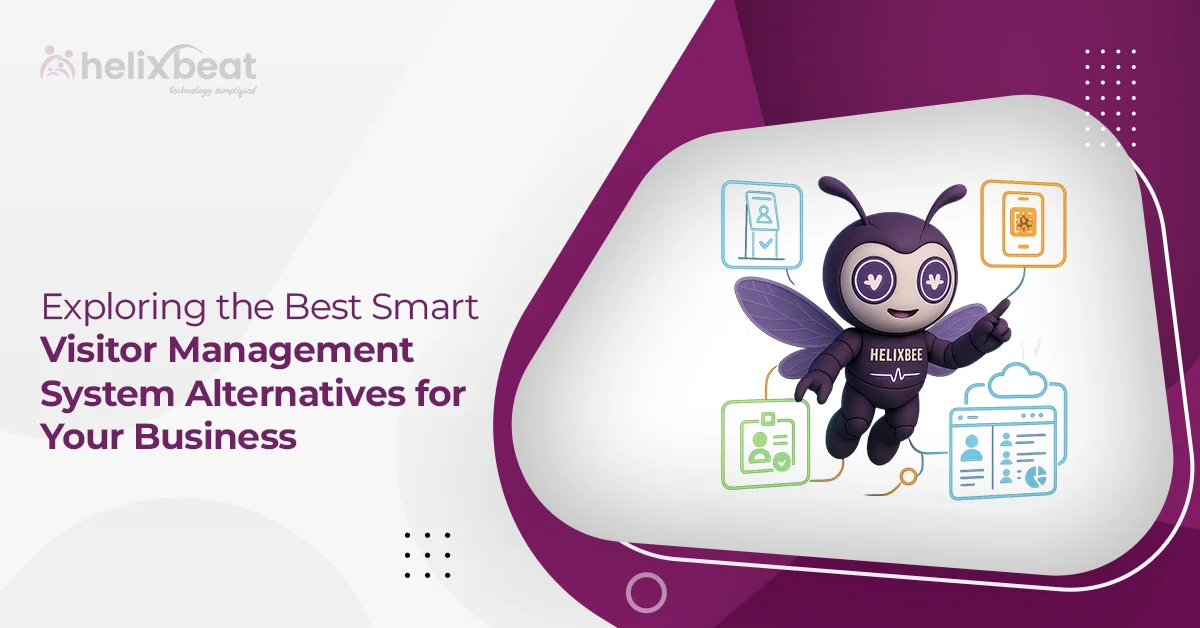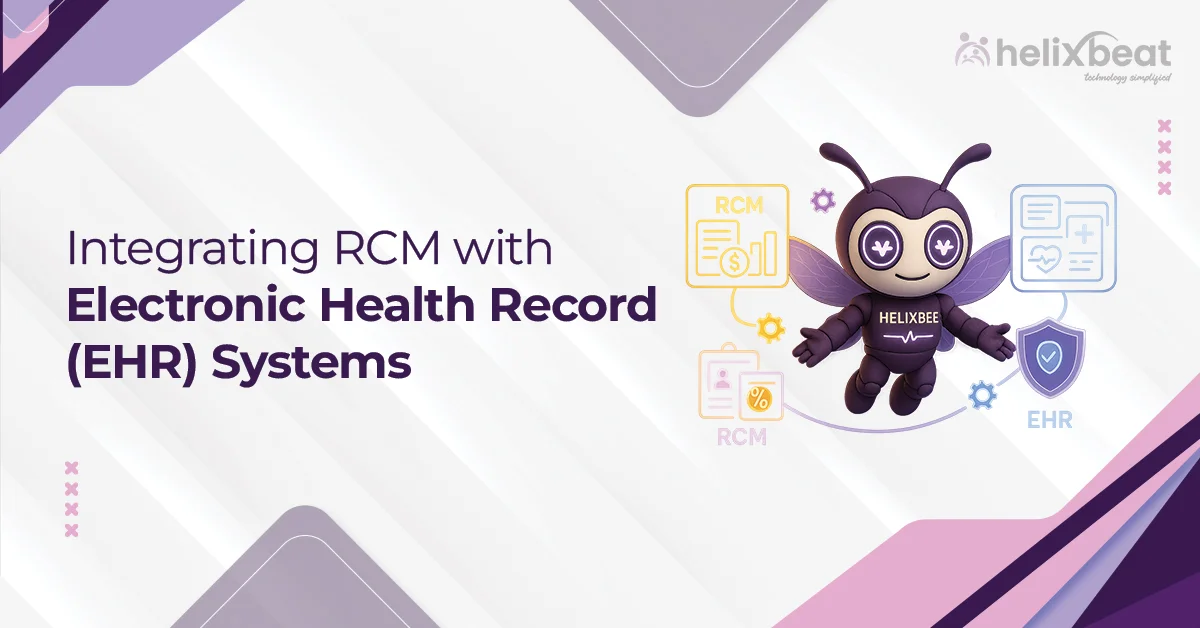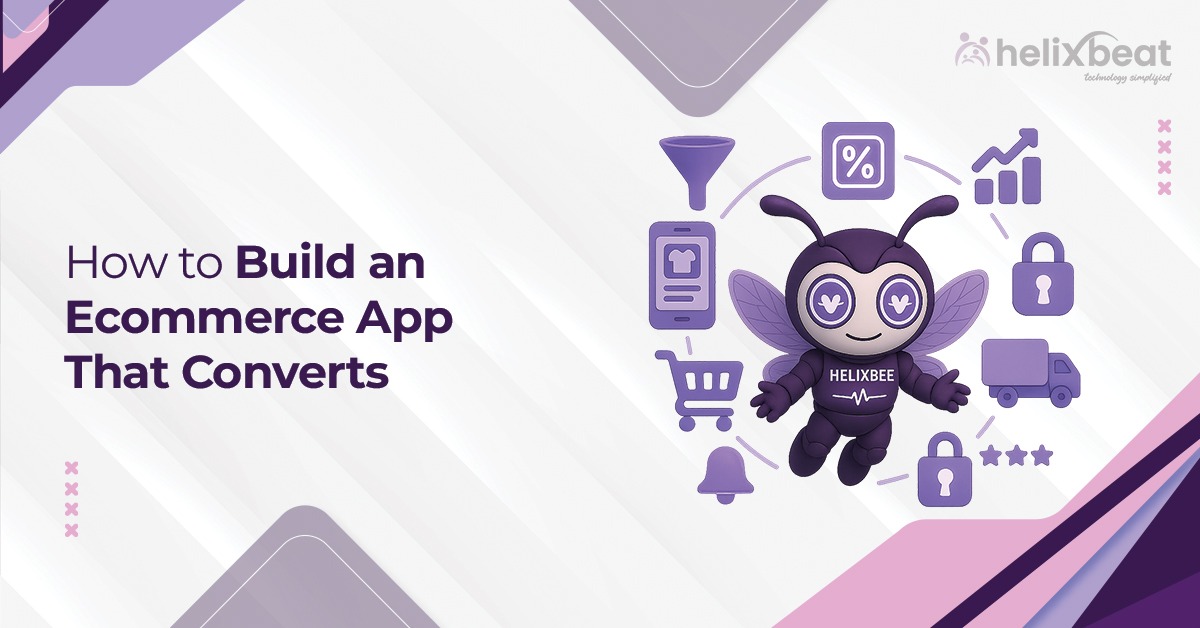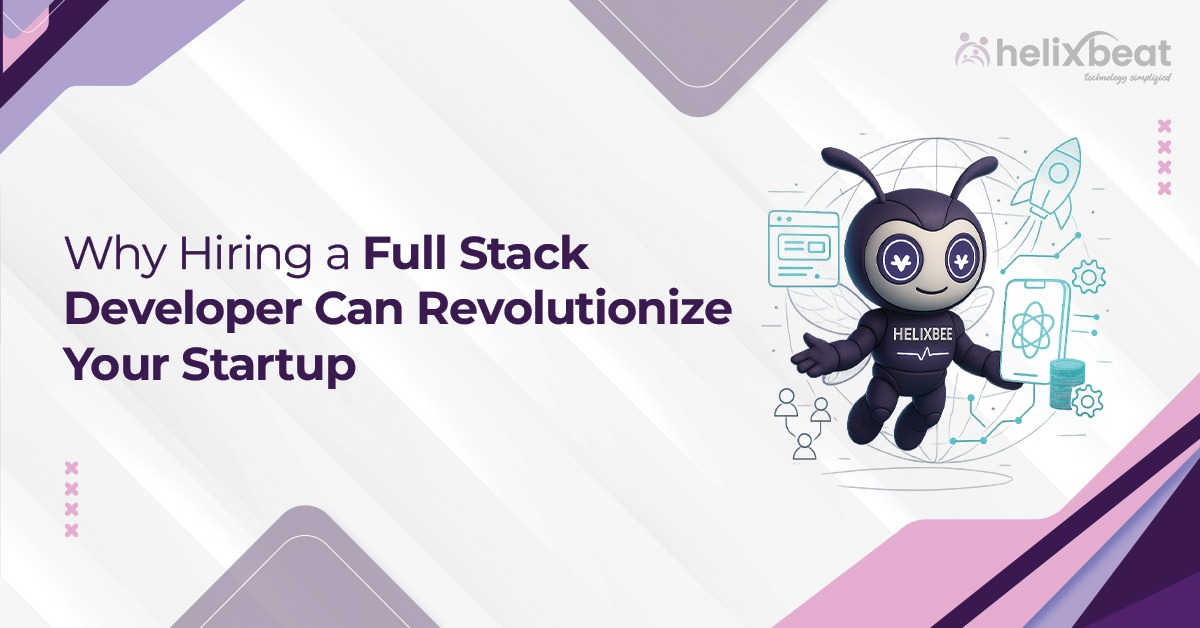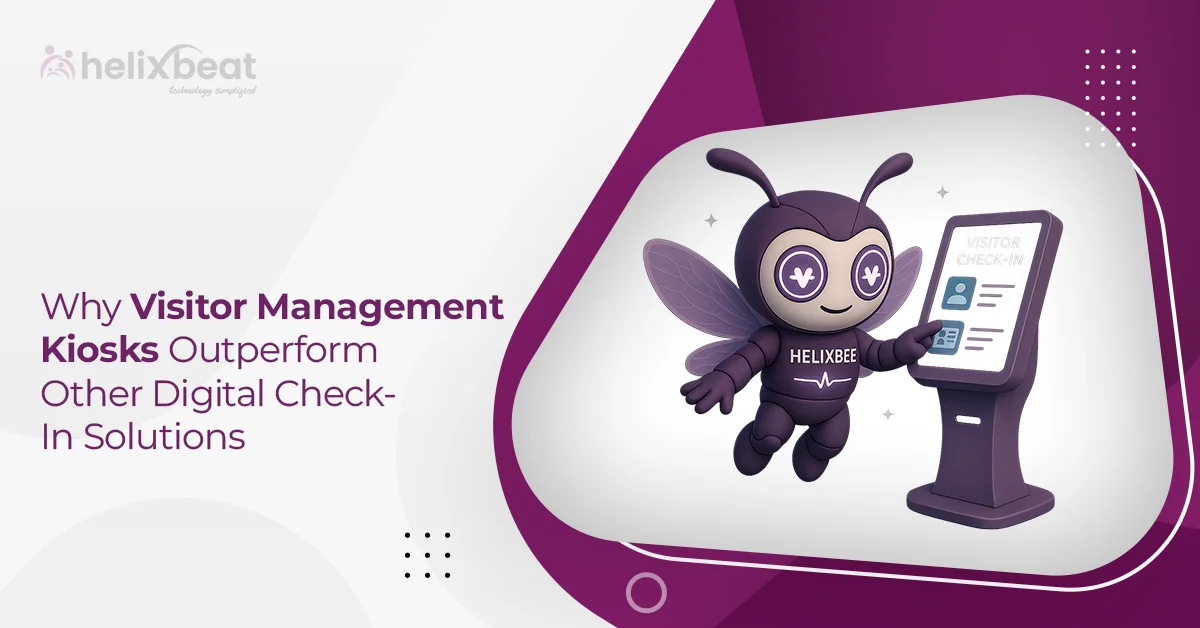A healthcare interoperability platform acts as a bridge between different systems, giving doctors, nurses, and hospitals easy access to critical data when they need it most. This isn’t just good for patients; it’s good for the business side, too. Research shows that poor data sharing costs the U.S. healthcare system more than $30 billion every year in wasted time and delays. However, by adopting a healthcare interoperability platform, hospitals and clinics can streamline their operations and achieve tangible benefits.
In this blog, we’ll take a closer look at how these platforms provide real value.

Table of Contents
What Is a Healthcare Interoperability Platform?
Picture a busy hospital where patient records sit in silos across various software tools. A healthcare interoperability platform changes that by creating a smooth flow of data between electronic health records (EHRs), labs, pharmacies, and even wearable devices. It uses standards like FHIR (Fast Healthcare Interoperability Resources) to make sure that information moves securely and accurately.
These platforms go beyond basic sharing. They integrate data in real time, flag potential issues like drug interactions, and support remote monitoring. For smaller clinics or large networks, the result is a unified view of patient health that cuts down on guesswork.
How a Healthcare Interoperability Platform Saves Time
Healthcare workers spend too much time chasing records instead of caring for patients. Manual faxes, phone calls, and data entry eat into valuable shifts. However, a healthcare interoperability platform flips this script by automating exchanges.
Take clinician time, for example. In Canada, full data sharing could free up over $600 million in annual hours for doctors and nurses. That’s like adding thousands of extra patient visits without hiring more staff.
Imagine a typical day in a primary care office. Without integration, a nurse might spend 30 minutes per patient piecing together history from multiple sources. With a platform in place, that drops to seconds. Over a year, this adds up to hundreds of hours saved per team member. Patients wait less, appointments run smoother, and burnout dips.
How a Healthcare Interoperability Platform Cut Costs
Money talks in healthcare, and interoperability delivers loud and clear. Fragmented data leads to duplicate tests, billing errors, and unnecessary hospital stays. A national model projects that widespread health information exchange could save $77 billion yearly across the U.S.
Bad data alone wastes $15 billion annually, industry-wide, with individual groups losing $2-5 million each year. A healthcare interoperability platform tackles this head-on. For example, one health plan invested $500,000 in data cleanup and integration, yielding $2.8 million back in the first year through fewer penalties and better reimbursements. That’s a return exceeding 300%!
Beyond penalties, these platforms reduce operational waste. A 50-provider medical group found 60% of their “high-risk” patients weren’t actually at risk, thanks to cleaner shared data. This allowed them to redirect $1.8 million toward actual needs. As a result, hospitals saw fewer readmissions, which could cost $15,000 per case on average.
Saving Lives: The Human Side of Data Sharing
At its core, healthcare is about people. A healthcare interoperability platform saves lives by delivering the right information at the right moment.
Research links mature EHR systems with interoperability to a 3-7% drop in mortality rates. One U.S. study found inter-hospital data exchange cut mortality in transfers by providing full histories upfront. Readmission rates also fall, as coordinated care prevents setbacks. Even 92% of Canadian providers say shared data leads to safer care through complete, timely info.
In value-based care, clean data boosts outcomes 2-3 times. One ACO avoided a $2 million penalty and gained $1.2 million in bonuses after syncing systems—translating to healthier patients and fewer crises. These gains aren’t abstract. They mean a diabetic patient gets timely lab results while avoiding complications. Or a rural clinic accesses specialist notes and bridges care gaps. When data flows freely, lives stay on track.
Figuring Out Your ROI: A Simple Guide
Ready to crunch numbers? Start with your current pain points: Track hours lost to data hunts, duplicate test costs, and error rates. Tools like ROI calculators from platform vendors can help.
Formula basics: (Gains from time/money/lives saved – Implementation costs) / Costs x 100 = ROI percentage. Factor in soft wins like staff morale. Many see breaks even in 6-12 months, with ongoing yields. Consult experts or pilot a small integration to test the waters.
AERIS: Streamlining Data for Smarter Care
AERIS by Helixbeat is a state-of-the-art healthcare interoperability platform designed to make data exchange across systems smoother and more efficient. It effortlessly brings together patient information from various sources, helping healthcare providers deliver more accurate and timely care.
With HL7 and FHIR, AERIS facilitates secure, real-time data sharing across platforms, improving decision-making and operational efficiency. As a result, healthcare organizations can manage patient records with ease, reduce administrative tasks, and foster better collaboration—all while staying in line with HIPAA regulations.
Final Thoughts
A healthcare interoperability platform isn’t just software—it’s a game-changer for time, budgets, and patient well-being. With billions in potential savings and proven drops in harm, the ROI speaks for itself. From billions in savings to personal stories of lives preserved, the evidence is compelling.
If your team struggles with data silos, unlock the potential of HL7 and FHIR with AERIS and turn data into meaningful insights! Contact us today.
FAQs
1. What is a healthcare interoperability platform?
A healthcare interoperability platform connects different healthcare systems, enabling seamless data exchange across electronic health records (EHRs), labs, pharmacies, and other devices, improving patient care and operational efficiency.
2. How does a healthcare interoperability platform save time?
By automating data exchanges, these platforms reduce the time spent manually chasing patient records, allowing healthcare workers to spend more time caring for patients and improving productivity.
3. What are the financial benefits of using a healthcare interoperability platform?
These platforms help reduce costs by cutting down on duplicate tests, billing errors, and unnecessary hospital stays, saving healthcare organizations millions each year.
4. How does data sharing impact patient outcomes?
Interoperability platforms provide timely and complete patient information, leading to fewer medical errors, lower mortality rates, reduced readmissions, and improved overall patient safety.
5. Can a healthcare interoperability platform help reduce administrative tasks?
Yes, by automating data sharing and reducing the need for manual entry, these platforms help healthcare organizations streamline administrative processes, making them more efficient.



